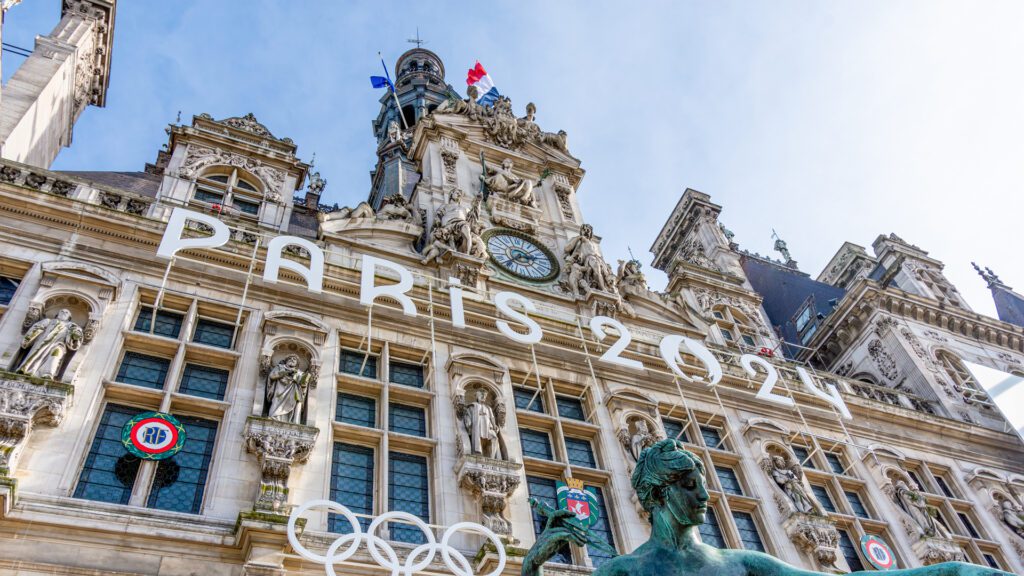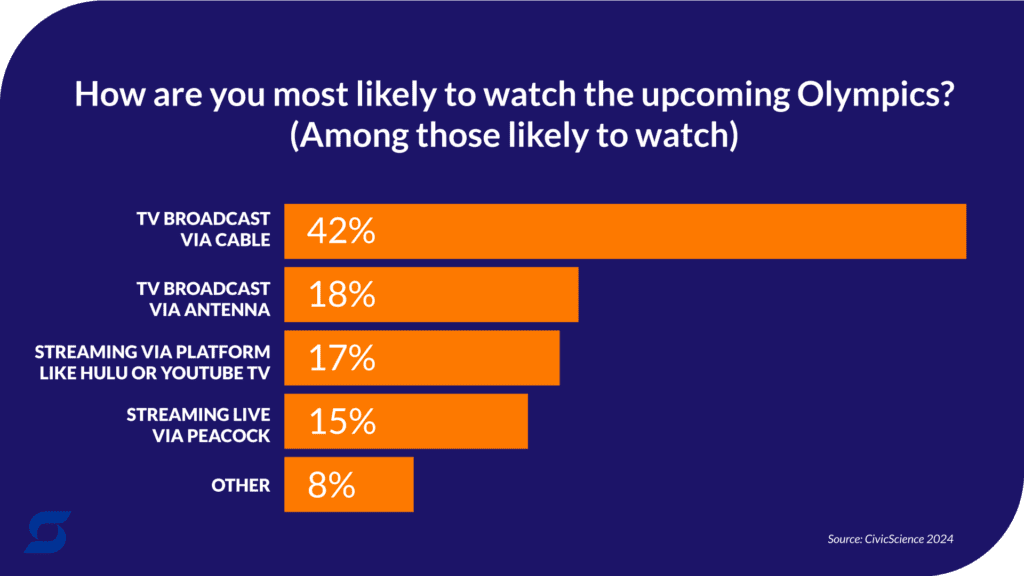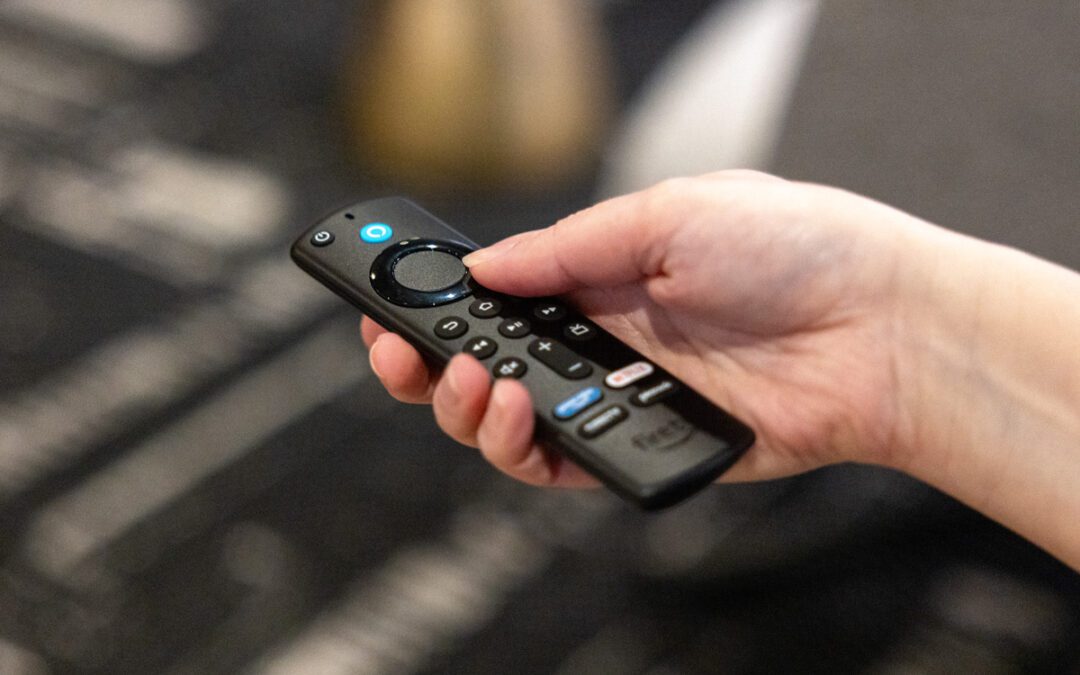The Summer Olympics, held every four years, are one of the most significant sporting events on the global calendar. This colossal occasion captures the attention of millions of viewers worldwide, including a substantial audience in the United States. The influence of the Olympics extends beyond just sports, deeply impacting advertisers, brands, and media companies.
This blog discusses the various effects of the Summer Olympics. We’ll explore the surge in advertising spend, shifts in engagement, cross-platform media consumption, and the impact on programming. We’ll also get to some strategies for maintaining brand momentum during the games.
Audience Engagement Trends and Changes in Viewing Patterns
Audience engagement during the Olympics is significantly different than usual. During the games, viewers show heightened interest in live sports, leading to increased television viewership. Events like the opening ceremony, closing ceremony, gymnastics, swimming, and track and field capture massive audiences.
This surge in live viewing emphasizes the unique draw of the Olympics. It disrupts the current general trend toward on-demand and streaming content.
This shift affects the broader media ecosystem, as well. Certain television networks see a spike in ratings, which can influence programming decisions and advertising strategies. Brands and advertisers must adjust their campaigns to align with this temporary change in viewing habits. Focus on live ad placements and leveraging the increased attention and engaged audience on sports content.
Evolution of Cross-Platform Media Consumption
In the past, Olympic content was primarily consumed via television broadcasts. However, the evolution of cross-platform media consumption has transformed how audiences engage with the games.
Today, viewers access the Olympics through various channels and types of content. Content flows through streaming services, social media, mobile apps, and traditional television. This variety allows for more personalized and on-demand viewing experiences, catering to the preferences of modern audiences.
Some of the diverse channels for Olympic sports content consumption include:
Traditional Television:
- High-Quality Broadcasts: Traditional television is still a primary platform for Olympic coverage, delivering high-quality broadcasts with professional commentary and analysis. Major networks like NBC provide comprehensive coverage of key events and ceremonies, attracting large audiences.
- Prime-Time Specials: Special programming, such as prime-time event recaps and athlete interviews, continue to draw viewers to traditional television, complementing the digital offerings.
Streaming Services:
- On-Demand Viewing: Streaming services like NBC’s Peacock offer extensive on-demand Olympic coverage. They enable viewers to watch events at their convenience, rather than following a fixed broadcast schedule.
- Live Streaming: Live streaming options are also available. This allows viewers to watch events in real-time on their preferred devices. The flexibility appeals to audiences who want to follow the action as it happens, regardless of their location.
Social Media:
- Real-Time Updates: Platforms like X, Facebook, and Instagram provide real-time updates, highlights, and behind-the-scenes content. They help keep audiences engaged and informed. These platforms also invite conversations and interactions, enhancing the communal aspect of the games among social media users.
- User-Generated Content: Fans and influencers also contribute to the Olympic buzz by creating content of their own. Sharing reactions and adding commentary further diversifies the media landscape and adds a personal touch to the viewing experience.
Mobile Apps:
- Customized Experience: Mobile apps dedicated to Olympic coverage offer personalized content, including event schedules, athlete profiles, and live results. Users can tailor their app experience to focus on their favorite sports and athletes.
- Interactive Features: Many apps incorporate interactive features such as polls, quizzes, and even augmented reality (AR) experiences, engaging users in immersive ways.
Media companies have adapted by offering comprehensive coverage across multiple platforms. NBCUniversal, for example, provides extensive streaming options on Peacock, alongside its traditional broadcasts. This cross-platform approach meets the demands of modern viewers and offers additional advertising opportunities. Thus, brands can reach audiences through multiple touch points.
Surge in Advertising Spend
With more eyes watching, the Summer Olympics also trigger a major surge in advertising spend. NBCUniversal secured over $1.25 billion in ad sales for the Tokyo Olympics, underscoring the event’s massive commercial appeal. This influx of advertising dollars benefits media companies, especially those with broadcasting rights, by significantly boosting their revenue. The economic impact extends beyond those directly involved in Olympic advertising, as well.
Brands not participating in Olympic advertising may experience a temporary displacement. Ad inventory becomes scarce and more expensive on certain networks. Smaller companies or those with tighter budgets might find it challenging to compete. So they should explore alternative advertising avenues or adjust their timing to avoid the peak Olympic period.
This displacement can have several consequences:
Limited Access to Prime Slots
Non-Olympic advertisers may struggle to secure prime advertising slots on popular networks. These are often pre-booked by Olympic sponsors and advertisers willing to pay a premium.
Inflated Ad Costs
High demand for advertising during the Olympics can drive up prices across the board. This goes for non-Olympic ad slots, too. Price inflation strains the budgets of smaller advertisers, forcing them to reduce ad spend or seek less expensive alternatives. The less expensive options are often non-traditional channels, which may require a marketing strategy adjustment.
Shifts in Ad Timing
To avoid the high costs and competition during the Olympics, some brands may choose to adjust their advertising schedules. They might increase their spend before or after the Olympics, taking advantage of periods when inventory is more affordable.
Strategies for Maintaining Brand Momentum
Advertisers and brands not directly involved in Olympic advertising face the challenge of maintaining momentum and voice. To stay relevant, brands can implement several different strategies.
Leverage Social Media
Brands can capitalize on the heightened social media activity during the Olympics. Create engaging, Olympics-themed content that can resonate with your target audience. Utilizing hashtags, participating in conversations, and aligning with trending topics can help maintain visibility.
Consider Influencer Marketing
Partnering with influencers on social media platforms, especially those with a sports focus, can help into the Olympic buzz. Influencers create authentic content that resonates with their followers, keeping the brand top of mind.
Run Complementary Marketing Campaigns
Brands can design campaigns or promotions that nod to Olympic themes without directly referencing the games. For example, focus on themes of competition, excellence, and national pride to create a connection to the Olympic spirit.
Explore Alternative Channels
Smaller brands or those with limited budgets may turn to alternative advertising channels during the games. These might be digital platforms, social media, or other forms of local media. Explore how digital ads can speak to your product or service while your access to traditional channels is limited. Digital platforms can offer targeted and cost-effective advertising options, allowing you to stay visible without competing directly with Olympic advertisers.
Conclusion
The Summer Olympics have a major impact on advertising trends, brands, and media companies in the country. The surge in advertising spend during the games boosts the revenues of media companies. But it also presents challenges for non-participating brands, especially smaller companies with limited budgets.
Audience engagement and viewing patterns shift significantly, so advertising strategies need to change accordingly. The evolution of cross-platform media use offers new ways to reach viewers during the games. And the impact on programming highlights the Olympics’ pervasive influence.
By staying flexible with your strategies, you can maintain brand momentum and share of voice during this global event. As you prepare for Olympic seasons, leverage data-driven insights and trends to ensure your brand remains relevant.
Get in touch to learn more about how Scale Marketing uses insights to drive growth and business results for companies like yours.








